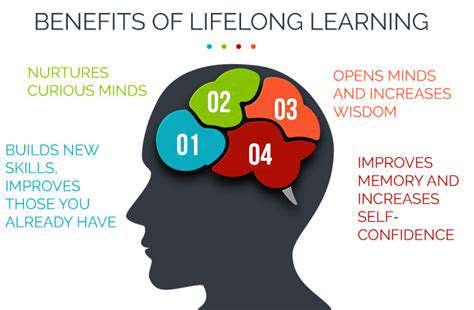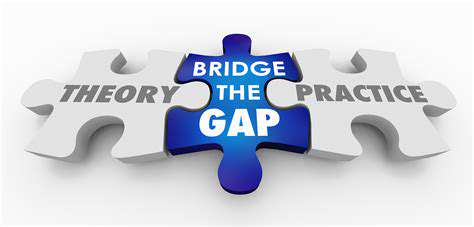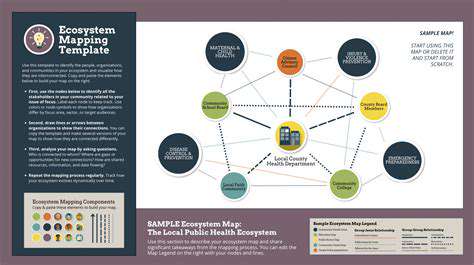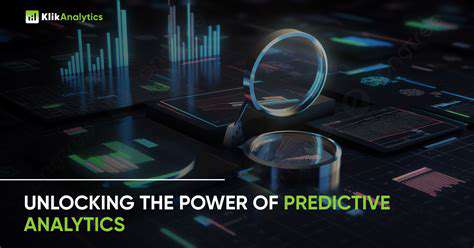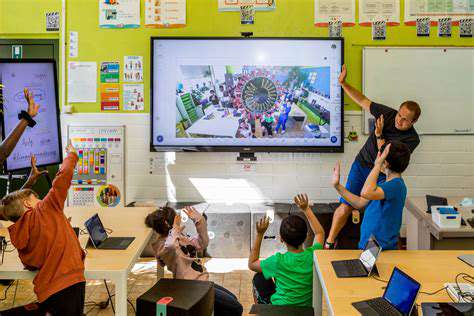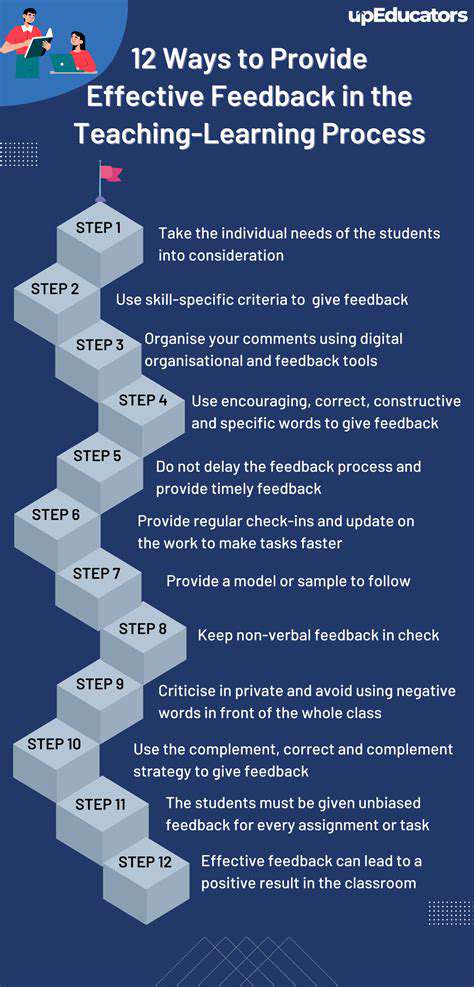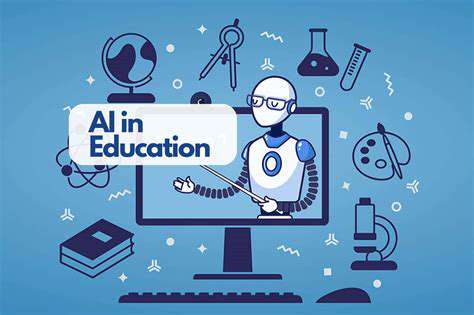Measuring Engagement and Flow in Personalized Learning
Leveraging Data to Optimize Personalized Learning Pathways
Understanding Engagement Metrics in Personalized Learning
Analyzing engagement metrics is crucial for tailoring personalized learning pathways. These metrics go beyond simple completion rates and delve into the depth and quality of learner interaction. For example, a student might complete all modules, but if they demonstrate minimal interaction with the content, such as few quizzes or forum posts, their engagement level is low. Understanding these nuanced data points allows educators to identify areas where learners are struggling or excelling, enabling adjustments to the pathway to better meet their needs.
Different engagement metrics can be used to measure different aspects of the learning process. Clickstream data, which tracks user activity on learning platforms, can reveal patterns in how learners interact with specific materials. This data can show which sections are being revisited, which exercises are being attempted multiple times, and which resources are being accessed infrequently. By combining these insights with other data points like quiz scores and survey responses, educators can paint a comprehensive picture of learner engagement.
Adapting Pathways Based on Real-Time Data
Personalized learning pathways are not static documents; they should adapt and evolve based on the real-time data collected about learner engagement. By monitoring engagement metrics, educators can identify learners who are falling behind or exceeding expectations. This allows for adjustments to the pathway in real-time, providing additional support to struggling learners or accelerating the pace for those excelling. Proactive interventions, such as providing targeted support materials or adjusting the complexity of subsequent modules, can significantly improve learning outcomes.
Implementing dynamic adjustments to learning pathways requires a robust system for collecting, processing, and analyzing data. This system should be able to identify patterns and trends in learner engagement data. It should also be able to provide educators with actionable insights and recommendations for modifying the learning pathway to better suit individual learner needs. This iterative approach to personalized learning ensures that each learner is progressing optimally throughout the entire journey.
Optimizing Content Delivery for Enhanced Learning Outcomes
Personalized learning pathways should not only adapt to learner engagement but also optimize the delivery of content. By analyzing data on learner interactions, educators can identify which learning materials are being accessed most frequently, which are being struggled with, and which are completely ignored. This data-driven approach allows for the refinement of content delivery strategies, ensuring that learners are presented with information in a way that maximizes their understanding and retention. For example, if a particular concept is proving challenging for a group of learners, the content delivery method could be adjusted to include more interactive elements, supplementary resources, or alternative explanations.
Furthermore, using data to understand the strengths and weaknesses of various learning materials allows for the creation of more targeted and effective learning experiences. This involves identifying the most engaging and impactful learning activities and methods and incorporating them into the pathway based on individual learner needs. Ultimately, data-driven insights into learner engagement and content performance are key to creating personalized learning pathways that lead to improved learning outcomes and greater student satisfaction.
Read more about Measuring Engagement and Flow in Personalized Learning
Hot Recommendations
- Attribution Modeling in Google Analytics: Credit Where It's Due
- Understanding Statistical Significance in A/B Testing
- Future Proofing Your Brand in the Digital Landscape
- Measuring CTV Ad Performance: Key Metrics
- Negative Keywords: Preventing Wasted Ad Spend
- Building Local Citations: Essential for Local SEO
- Responsive Design for Mobile Devices: A Practical Guide
- Mobile First Web Design: Ensuring a Seamless User Experience
- Understanding Your Competitors' Digital Marketing Strategies
- Google Display Network: Reaching a Broader Audience


